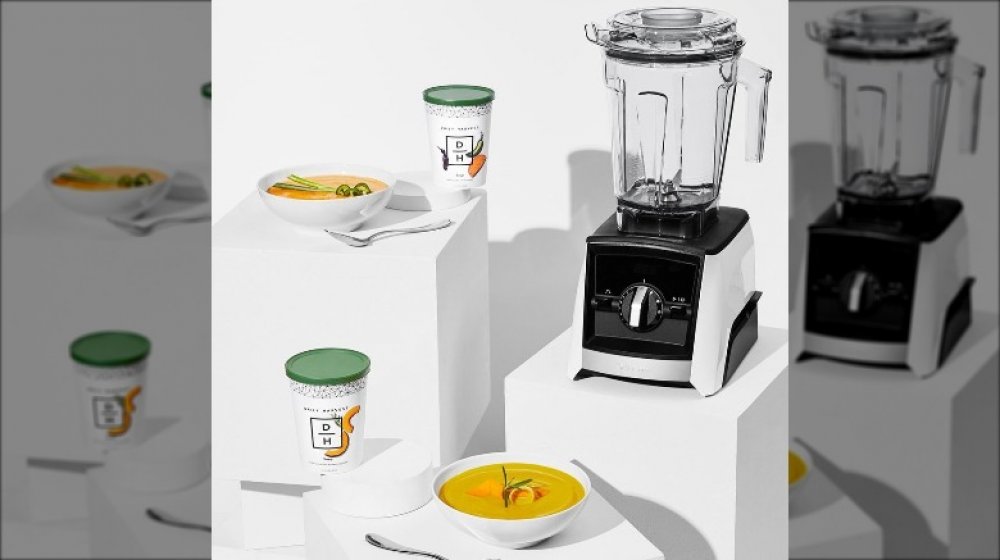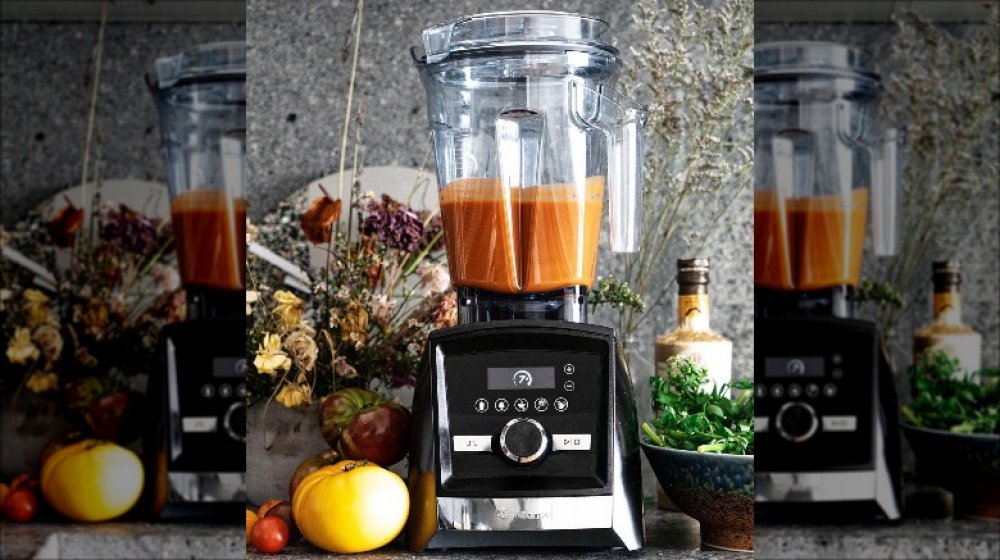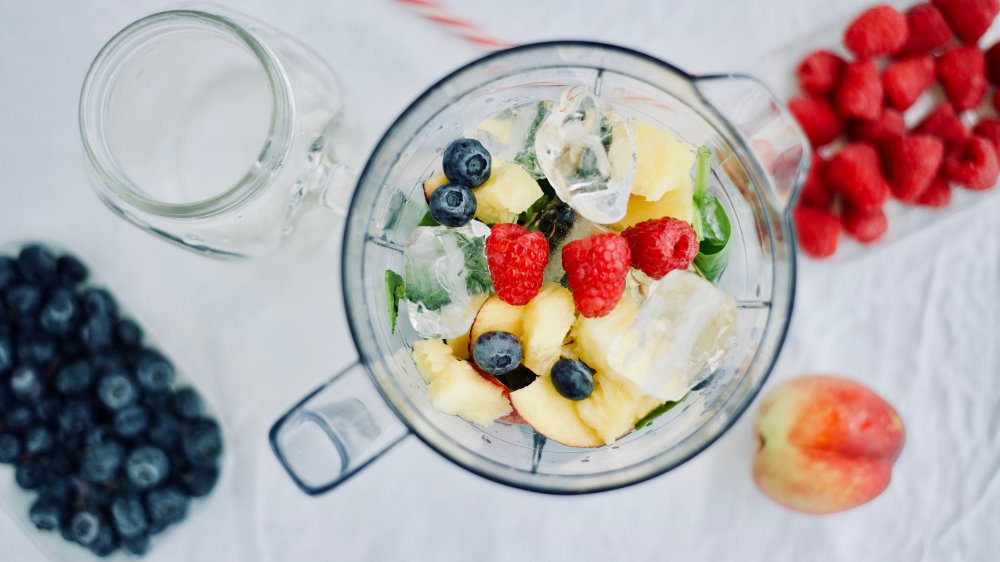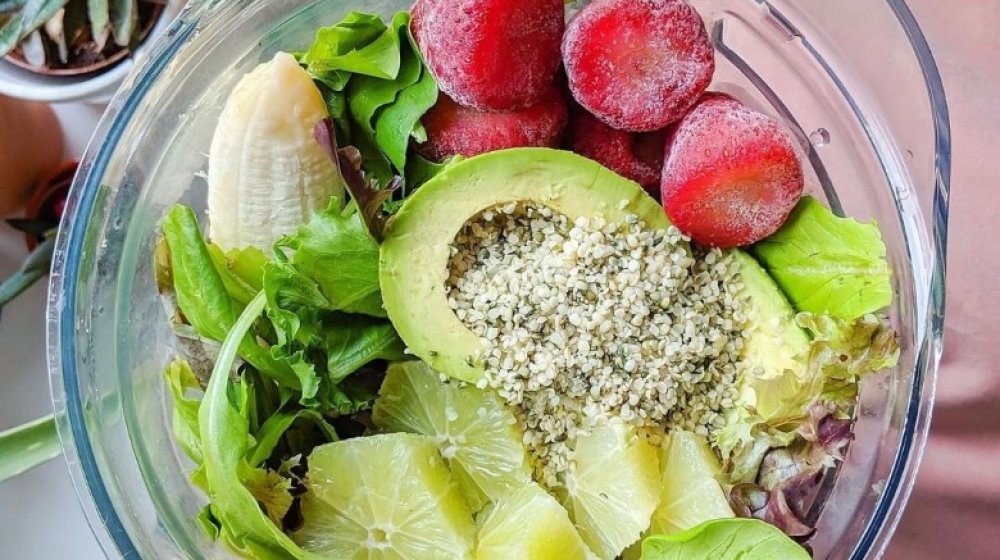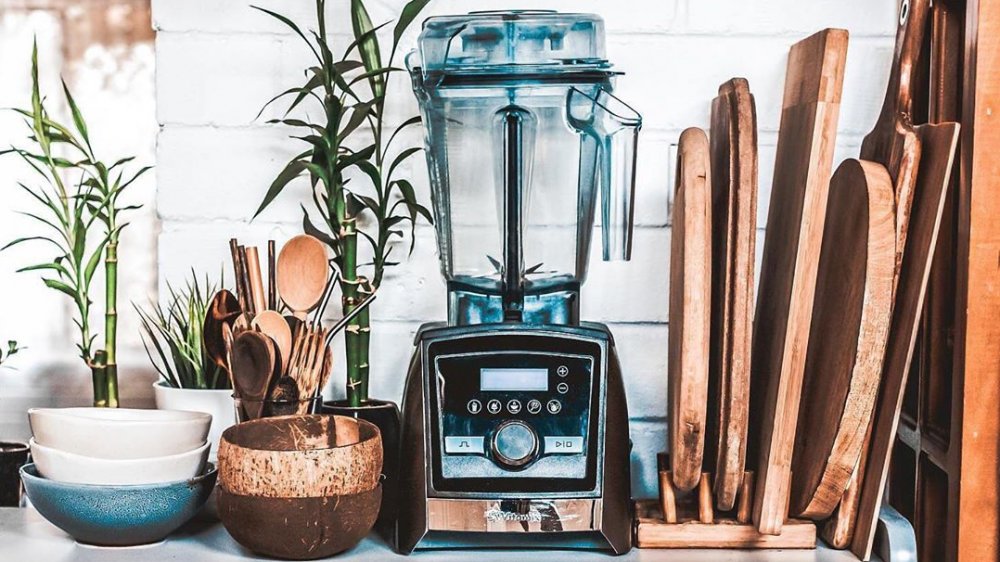Why Are Vitamix Blenders So Expensive?
If you're in the market for a new blender, chances are you've gone online to try and find recommendations and product reviews on the best blender there is. You'd know that the market is full of blenders that cover just about every function and price range there is. And you'd also know that when it comes to blenders, they can get pretty expensive.
Consumer Reports recommends you look out for certain keywords as you compare blenders: conventional or premium (also sometimes called high performance). Conventional blenders are normally on the cheaper end of the spectrum and as such, they can only handle simple, lightweight tasks (think milkshakes, baby food, and smoothies). Then there are premium or high-performance models which can do all that, but so much more.
While Consumer Reports says a conventional blender usually will cost you no more than $150, a premium model, with all the bells and whistles, could set you back by as much as $1000. (There are two other blender types in the market today: personal — which are not intended for any heavy-duty blending at all — think blending on the run, and immersion, which many of us use to puree soups and mash.)
And despite its hefty price tag (prices range from $450 to $600), individual reviews and Consumer Reports online have rated the versatile Vitamix blender a solid "buy."
Vitamix is (nearly) all-American
The makers of America's best-rated blender first set up shop in 1921 and was then known as The Natural Food Institute, but the company renamed itself Vitamix (after their now-famous blender) in 1955 — and the name has stuck ever since (via Vitamix).
Unlike many appliance manufacturers in the market today, Vitamix continues to make and test its products at their facility in Olmstead Falls, Ohio, and Blend Guide says more than 70 percent of their parts are made in the USA — but the site does not say where the remaining 30 percent of the parts are manufactured.
Vitamix has a few 'firsts' under its belt
In A Letter from our President, current Vitamix President Jodi Berg says America got to meet the original Vitamix blender in 1949, when her great-grandfather and company founder William G. "Papa" Barnard went on television to star in the country's first-ever infomercial, as he demonstrated the Vitamix machine as an important tool to promote family health. Vitamix's creativity didn't end there; in 1969, the company unveiled its Vitamix 3600 model, which could make hot soup, ice cream, grind grains, and knead bread dough.
Supporting the business by creating recipes for the Vitamix was Papa Barnard's daughter-in-law and Berg's grandmother. Berg credits her father and uncle, both engineers, for improving existing Vitamix models, which allowed families to hand machines down from generation to generation. She also credits her father for being a key player in turning the brand into the first high-performance blender to be used in the food service industry.
The Vitamix can cut through and puree anything
Because it's got a 2 HP (yes, that's horsepower) engine, Epicurious says the Vitamix can blend anything. It can pulverize solids to make everything from dips to nut butters, fruit smoothies to raw juices made with fruits and vegetables, cream soups to thick dips, and from sticky dough to cake batter.
Epicurious says the Vitamix is so powerful it can even blend a soup to the point where the liquid gets hot. Vitamix also gives its users total control by allowing them to manually set the speed of the blender's blades, although some models now come with a set of preset speeds. Of the different Vitamix models available in the market today, Epicurious stands by the original C-series or the classic Vitamix 5200.
Vitamix stands by its mixers
Vitamix isn't just a hit with professional chefs. Based on feedback from about 30,000 respondents, Consumer Reports says Vitamix blenders are the least likely to see any problems by the fourth year of ownership. While problem rates for other models like Blendtec and Brevile were higher (at 15 and 16 percent respectively), Vitamix blenders returned an estimated 6 percent problem rate. In terms of reliability, Consumer Reports also says that in terms of satisfaction with reliability, Vitamix blenders came in highest, with 96 percent satisfaction. If that wasn't enough, Epicurious raves about the 7-year warranty on a Vitamix classic.
In reviewing the Vitamix, Epicurious said stacking the Vitamix against other blenders in the market was like comparing a Harley Davidson to a Vespa, because they weren't in the same league. But the money would only be worth spending if you were up to being Born to be Wild in the kitchen — otherwise, a regular blender will likely meet your needs just as well as a Vitamix would.
